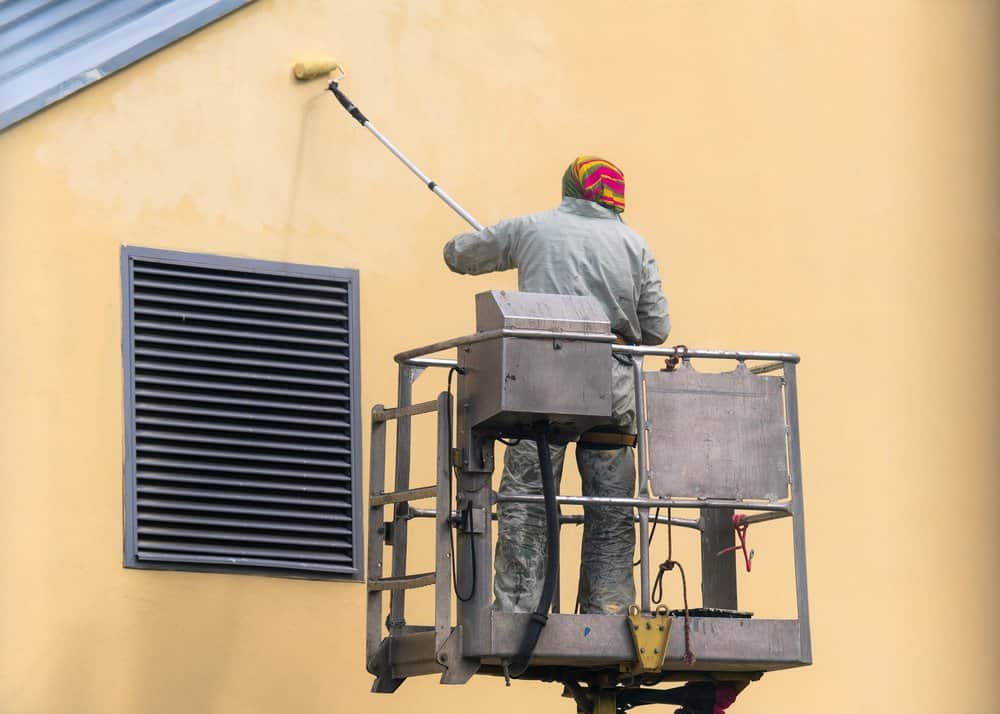

:-( So far I don't think the climate drift has been factored into codes, but as the 25 year weather data averages change, the county by county US climate zones will change. When it was time for Steve to buy a round of drinks last night, he bolted and said he had. In 50-100 years we'll all be in different climate zones given the current rate of climate change and even the most optimistic projections. There are a few built in presumptions about he lifecycle of a house before full-gut rehabs, which is 50-100 years.

PAINT 2 COATS CODE
>"That doesn't answer your code question, but I'd be interested to know if the code makers have considered vapor barriers changing during the life of a wall." If you're re-painting with 2 coats every year it's only about 25 years. Repainting 2 coats every 5 years it'll still take over a century. Vapor barrier latex primer starts at about 0.5 perms give or take, but it still takes MANY layers of color-coat to bring that down to 0.1 perms & lower. Repainting it with another couple other colors, 2 coats each it'll still be at least 1 perm for the now 9 layers of paint, near the very high edge of Class-II vapor retardency.īy the time you get to 99 layers of paint (one primer with 49 applications of color, 2 coats each) you might start encroaching on Class-I vapor retardency territory. If it's then over-painted with another couple coats of color it'll still be at least 2 perms for the 5 total layers of paint. Rolled-on paint and brushed-on paint go on heavier than spray paint and take the longest amount of time to dry between coats. True?"Ī typical application of standard interior latex primer + 2 coats of color comes in at about 3-5 perms. Sprayed paint applies thinly and evenly, which makes it dry to the touch in as little as 30 minutes and ready for another coat in as little as one houreven for a glossy paint. ex.) may turn it into a Class I vapor barrier.

>"I assume that the Class III paint, if the wall is repainted every few years (or if we call for 4 coats, f.


 0 kommentar(er)
0 kommentar(er)
